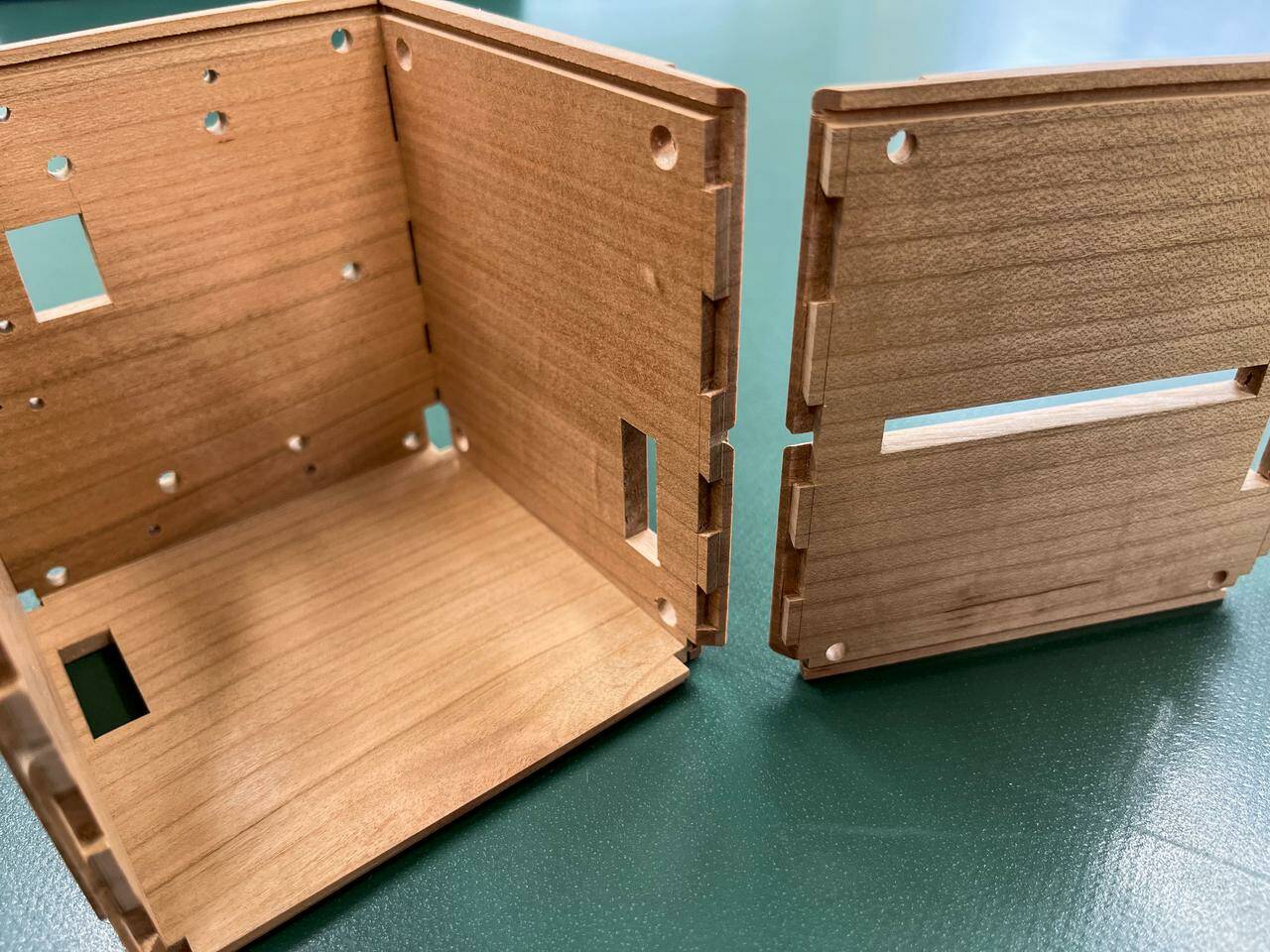Google’s Pixel 4a has long been considered a great smartphone for those on a budget, but it just received a software update that calls that into question. The update lowers the reported battery life. This isn’t a side-effect of some new software. This is the actual intent of the refresh.
Wait, what? Google says the automatic software update to Android 13 will “reduce your battery’s runtime and charging performance” but that it’s necessary to “improve the stability” of each device. That’s the only explanation the company offered.
[…]
While every Pixel 4a will receive the automatic update, only certain devices will see a reduction in battery life and charging performance. There’s no information as to what designates which handsets will suffer as a result of the update, but owners of so-called “impacted devices” will have a few “appeasement options” to choose from.
Folks can send the phone in for a free battery replacement, but that will require the owner to go without a handset while Google performs the replacement. If that’s not viable, the company will send impacted owners $50 or give them a $100 credit toward a new Pixel phone from the Google Store. Pixel 4a owners have one year to choose one of these options.
[…]
This whole thing sounds suspiciously similar to when Apple started slowing down older iPhones in 2017. However, Apple wasn’t forthright with consumers during that whole fiasco, leading to court cases and the like. At least Google seems to be getting ahead of things here, even if it could stand to be a bit more transparent.
Source: Google Pixel 4a’s update kills its battery life on purpose


